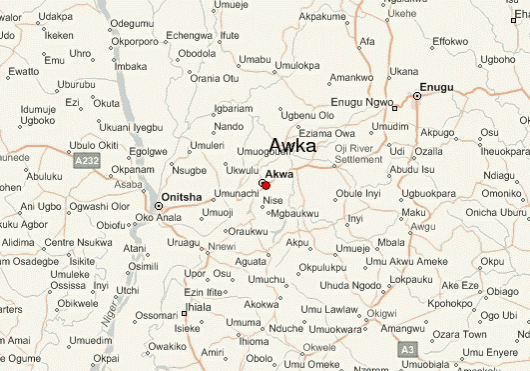Awka People
Awka comprises seven Igbo groups sharing common blood lineage divided into two sections. Ifite Section, the senior section, comprises four groups, Ayom-na-Okpala, Nkwelle, Amachalla, and Ifite-Oka followed by Ezinator Section, which consists of three groups, Amikwo, Ezi-Oka and Agulu. Each of these groups has a number of villages. All together, Awka comprises 33 villages.
Our History
Located in Nigeria, Awka is the capital of Anambra State. The region in ancient times was the site of the Nri Civilization that produced the earliest documented bronze works in Sub-Saharan Africa around 800 AD. Prior to the 20th century, Awka was famous for metal working. It’s blacksmiths were prized throughout the region for making farming implements, weapons and tools.
Before the inception of British rule, Awka was governed by titled men known as Ozo and Ndichie who were accomplished individuals in the community. The local leaders held general meetings or Izu Awka either at the residence of the oldest man (Otochal Awka) or at a place designated by him.
Awka is currently divided into two local government areas, Awka North and Awka South. Although part of the nation’s republic, Awka still preserves traditional systems of governance with Ozo titled men often consulted for village and community issues and a paramount cultural ruler, the Eze Uzu who is elected by all Ozo titled men by rotation amongst different villages to represent the city at state functions.

